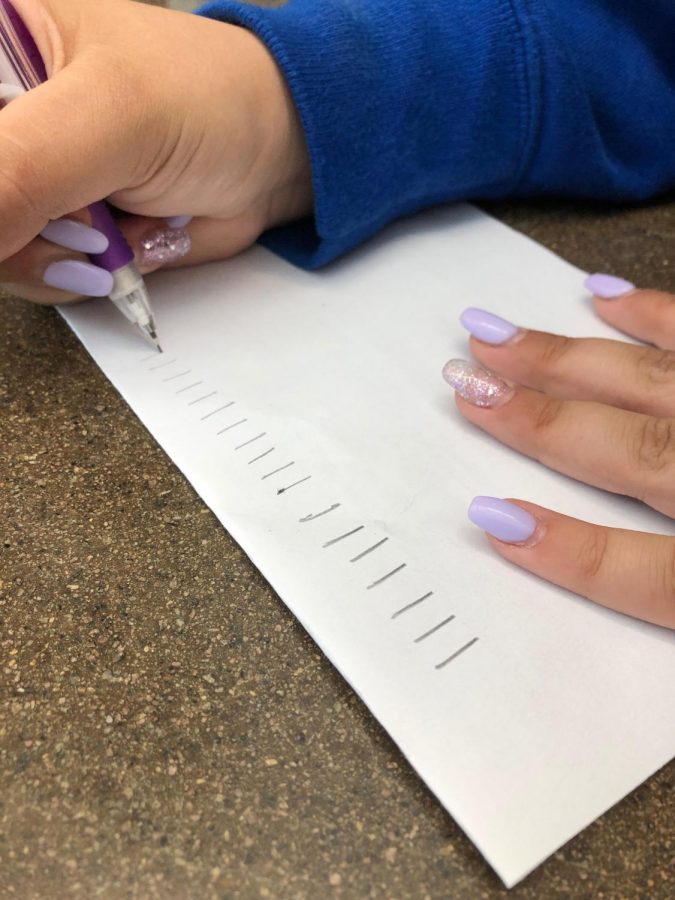“There’s no such thing as perfect.” My first grade art teacher would constantly berate us with this statement, hoping to instill the idea that art is about embracing the imperfections.
In theory, I understood this idea. That is until that night, blanketed with sheets of complicated double-digit subtraction homework, I discovered what true imperfection is. The inability to achieve success when presented with easy work. Tears had begun to stream down my cheeks and the slight constriction of my throat prepared for a scream of frustration. This was simple, repetitive, easy, yet a jumble of numbers and rules that couldn’t conjoin into a properly functioning idea in my head. I was a failure. In a sense, I was trying to be perfect at something I just learned.
While I may not have understood it then, and even now fail to recognize when I follow this routine, I associated perfection with average. The issue is perfection doesn’t exist. Even when the onslaught of anxiety and stress from striving for a practically unattainable concept results in pure panic. Why? Because I’m worried whether or not my work will convey the perfection I know I can achieve.
This idea is so apparent that even first graders, like who I once was, stress over this concept. But in the end, my art teacher was right. Perfection doesn’t exist, for if it did, we would never know true failure. Without failing, Thomas Edison couldn’t have created the light bulb after one thousand unsuccessful attempts. Without failing, I wouldn’t find the same joy in math as I do today. Failing to complete my double-digit subtraction homework that night years ago made the success of understanding it all the better. Once I begin to realize that pride comes from the process of succeeding despite failure, is when the anxiety from perfection begins to lessen.













